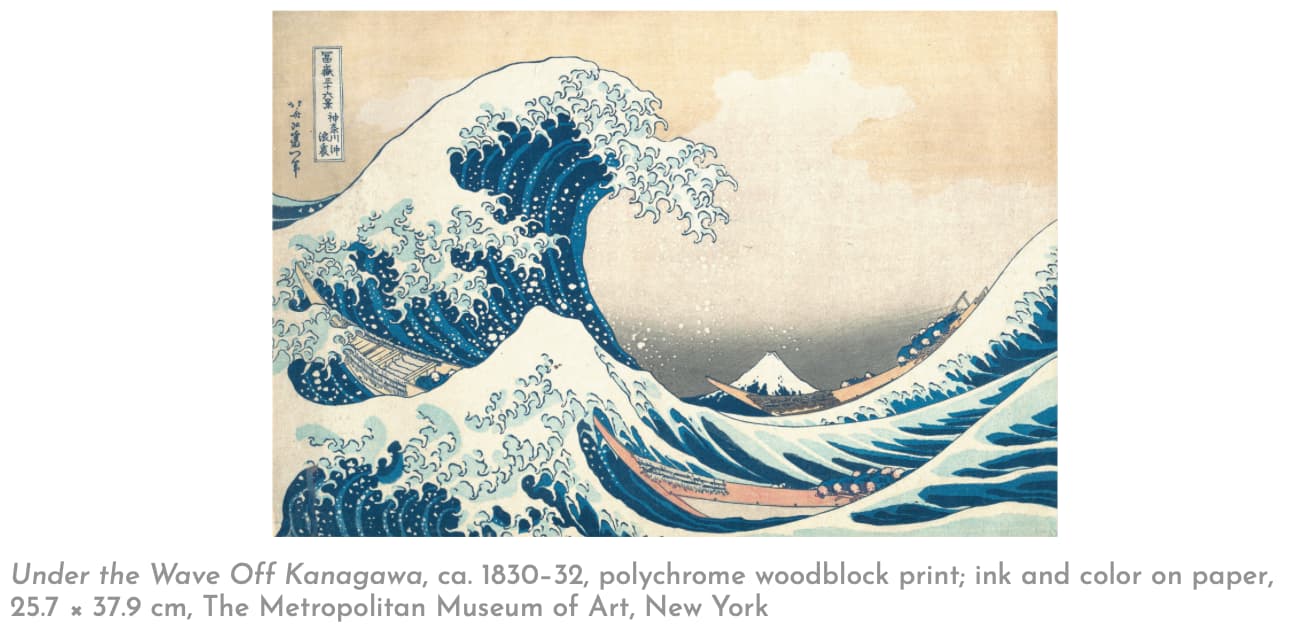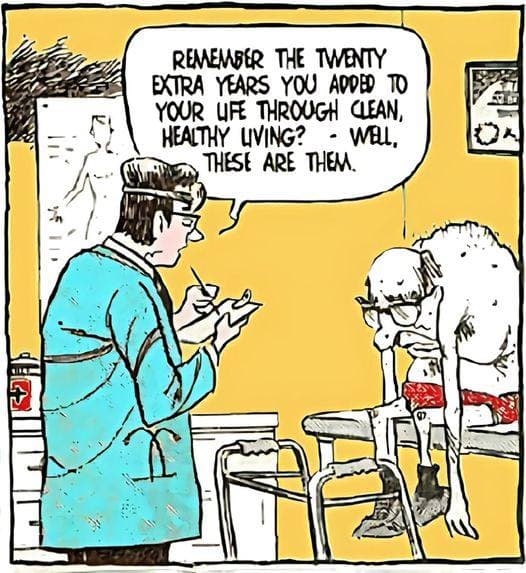Extracurricular, but I thought it might interest participants in the forum.
I had occasion to have dinner with a friend of a friend and learned of a book he wrote and had published a couple of years ago. The writer, Richard Lacayo, wrote the art and architecture column at Time magazine 2 or 3 decades.
The book explores 6 artists, which not only lived long but kept working into their late years and produced, arguably, their most daring and important work of their lives in those late years. They worked into their 70s, 80s, and maybe even their 90s (no one really knows how long Titian lived, some reports have him living and painting to 99).
I’d add Rembrandt to the list. Maybe a few others.
What I’ve gotten from the book and why I post this here comes down to 2 things:
-
The question of what do we do with the extra years? and
-
The drive to keep working, keep inventing, keep discovering.
Richard opens the book with:
Probably the most famous reflection on old age from any artist is the whimsical testimony offered in the 1830s by Katsushika Hokusai, the great Japanese painter and printmaker.
"All I have produced before the age of seventy is not worth taking into account. At seventy-three I have learned a little about the real structure of nature…. When I am eighty, I shall have made still more progress. At ninety I shall penetrate the mystery of things; at a hundred I shall have reached a marvelous stage; and when I am one hundred and ten, everything I do, be it a dot or a line, will be alive.”
__
Last Light: How Six Great Artists Made Old Age a Time of Triumph
Richard Lacayo
One of the nation’s top art critics shows how six great artists made old age a time of triumph by producing some of the greatest work of their long careers—and, in some cases, changing the course of art history.
Ordinarily, we think of young artists as the bomb throwers. Monet and Renoir were still in their twenties when they embarked on what would soon be called Impressionism, as were Picasso and Braque when they ventured into Cubism. But your sixties and the decades that follow can be no less liberating if they too bring the confidence to attempt new things. Young artists may experiment because they have nothing to lose; older ones because they have nothing to fear. With their legacies secure, they’re free to reinvent themselves…sometimes with revolutionary results.
Titian’s late style offered a way for pigment itself—not just the things it depicted—to express feelings on the canvas, foreshadowing Rubens, Frans Hals, 19th-century Impressionists, and 20th-century Expressionists. Goya’s late work enlarged the psychological territory that artists could enter. Monet’s late waterlily paintings were eventually recognized as prophetic for the centerless, diaphanous space developed after World War II by abstract expressionists like Jackson Pollock and Phillip Guston. In his seventies, Matisse began to produce some of the most joyful art of the 20th century, especially his famous cutouts that brought an ancient craft into the realm of High Modernism. Hopper, the ultimate realist, used old age on occasion to depart into the surreal. And Nevelson, the patron saint of late bloomers, pioneered a new kind of sculpture: wall-sized wooden assemblages made from odds and ends she scavenged from the streets of Manhattan.
Though these six artists differed in many respects, they shared one thing: a determination to go on creating, driven not by the bounding energies of youth but by the ticking clock that would inspire them to produce some of their greatest masterpieces.

